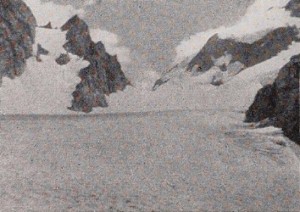
"The Blue refers to a glacier of majestic proportions high in the Olympic Mountains of northern Washington. Solduc, a small station in the Hoh Valley, is the point from which Theodore H. Sarchin and his two companions set out with high hopes to conquer the formidable ascent to the famous ice fields. Although they reach the Blue, the sun has been there first, softening the ice, and they must turn back without having attained the summit. Inherent in the film is a deep reverence for the wild, inspiring beauty of the scene, which clearly communicates itself to the audience — no small achievement in an amateur travel study. This reverence never becomes mawkish, the pedestrian titles and homely incidents en route nicely counterbalancing it. Superior camera work makes the most of the setting, while skillful editing combined the best elements of story and scene to make a dramatic presentation. An expertly scored musical accompaniment adds impressively to enjoyment of Solduc To The Blue." Movie Makers, Dec. 1948, 492.
Soleil Noir bears a French title and was submitted by Roger Ayral of Paris. It is a very unusual film done in black-and-white that shows what can be done by projecting black and white designs on the dancing figure of a ballerina. Its 8 minutes is a little long for the subject, but it is different—an excellent study in designs and rhythm," PSA Journal, Mar. 1970, 44.
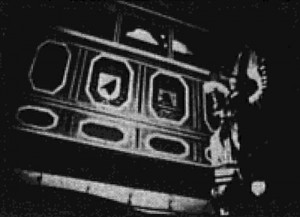
"Soli Deo Gloria illustrates the matter-of-fact life led by the inhabitants of a small farming village in Lower Saxony (West Germany) and centers, as their lives do, on the village church that dates back to the 14th Century. Inside are sculptured works of art, and it is these treasures that the film seeks to bring to the attention of the outside world, as well as the importance the church plays in the life of the local peasants" PSA Journal, Sept. 1966, 34.
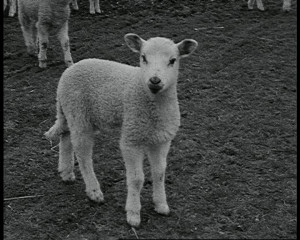
A compilation film comprised of, "eight short films featuring native British wildlife, farm animals, or country scenes, including foxhounds at their kennels and a family of travellers cooking a meal by a country road. The final film features a model of an English village with model railway and country scenes in miniature" (EAFA).
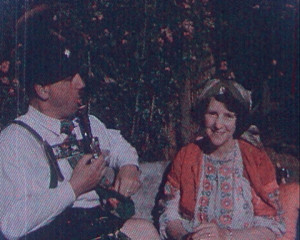
"Series of short films of gardens, landscapes and dogs. Footage includes the gardens at the Alliott house in Amersham and country locations near Amersham." (EAFA Database)
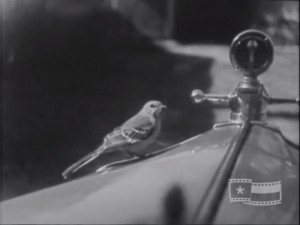
"This film includes material originally shot by the Tilley brothers in the 1910s and 1920s. W.H. Tilley later edited, compiled, and transferred these clips to 16mm, adding caption from his perspective forty years later. Scenes of note include a Krit Motor Car demonstration (1910s), a circus parade on Congress Avenue (facing the Capital, 1912) in Austin. While the brothers worked commercially in filmmaking, these clips exhibit their practice as amateur filmmakers that captured footage of personal experiences" Texas Archive of the Moving Image.
"The film contains twelve short vignettes that incorporate several cinematic techniques to comical effect." Library and Archives Canada.
"Family footage shot in the grounds of a large house in Moorside; 1925. Some children and their nanny play on the lawn. A group of adults are seen having afternoon tea outside in the garden. Also includes shots of a young boy doing somersaults on a set of gymnast's rings. The camera remains stationary and several adults run into shot, in quick succession, and do a forward somersault using the rings. Even the nanny, who is in full uniform, has a turn" (NWFA Online Database).
Total Pages: 299